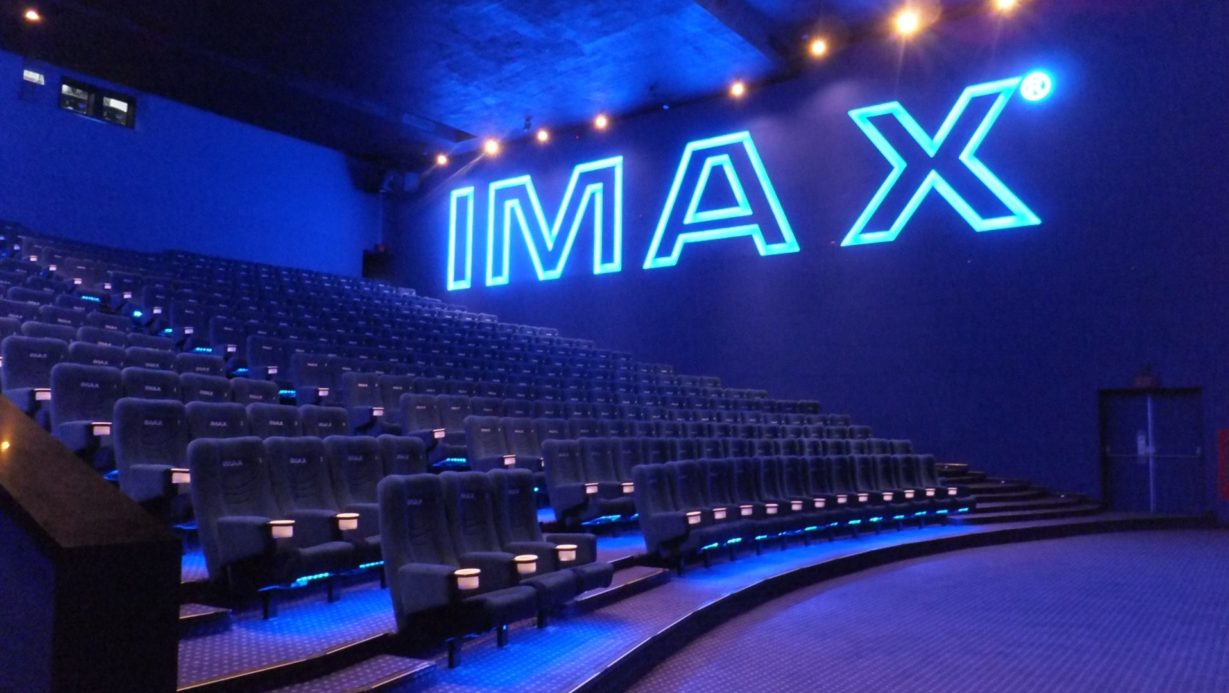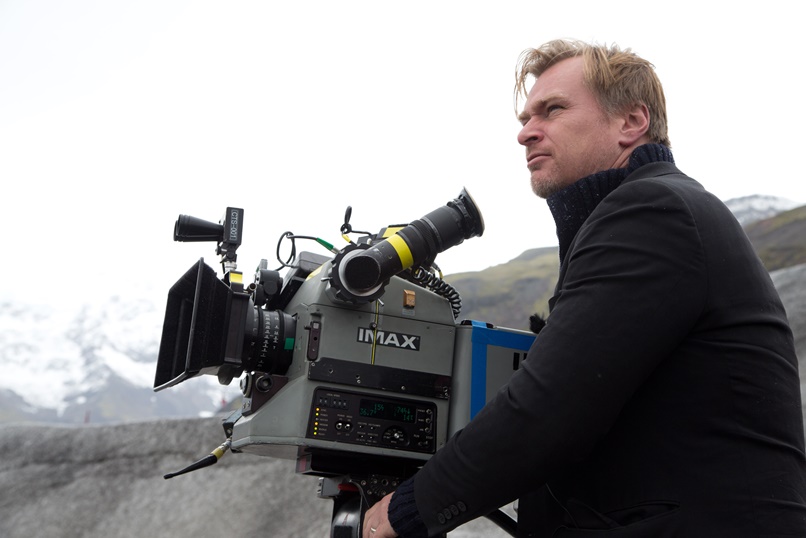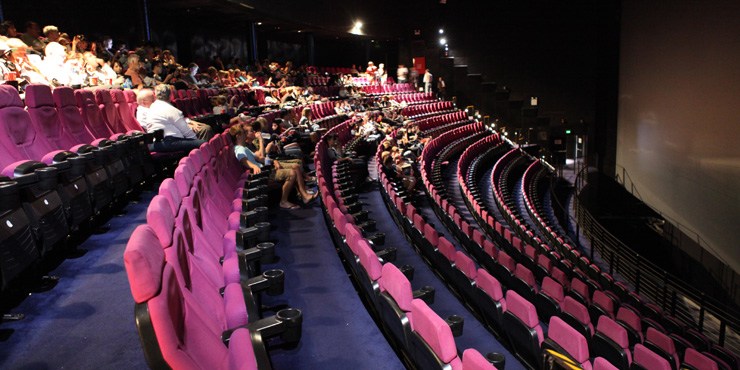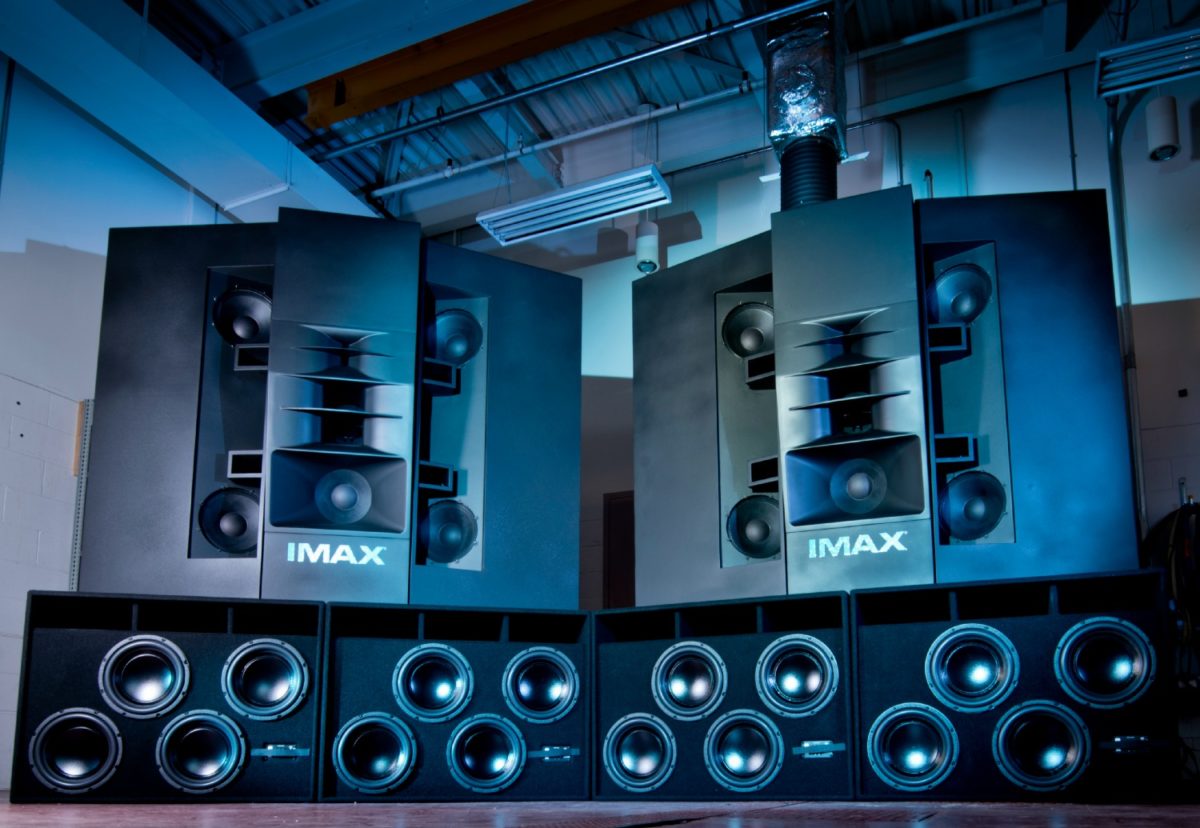IMAX Corporation is Canadian company which has achieved the reputation for providing the most surreal and rare cinematic experience any one could possibly ever have, by introducing a very higher and colossal norm of Cinema called as IMAX. It’s name is derived form Image Maximum. IMAX is a slightly different format in comparison to the Academy , it has the capacity to capture and project the crispy imagery on a larger size and resolution.
Ever since it’s first movie ,Tiger Child demonstrated at Expo ’70 in Osaka, Japan, IMAX has been expanding to a vast market. Many movies convert their prints into IMAX, some movies are even partially shot with IMAX camera just to match the norm of the cinema and gaining a higher profit by featuring it in an IMAX theater.
Film and Camera
The IMAX film is called “15/70” as it has 15 perforations and a frame size of 70 mm. The film platters are horizontal ranging from 1.2 to 1.83 meters diameter to accommodate 1 to 2.75 hours of the movie.
IMAX camera makes use of a celluloid of a larger frame size. A conventional 35 mm film has a resolution of about 6000 horizontal scan lines , whereas IMAX produces 18000 horizontal scan lines. The conventional 65 mm cameras passes the film vertically in and out of the camera, five perforations at a time, or 34 metres per minute, where as an IMAX 65 mm camera passes the film horizontally with 15 perforations at a time and moving at a rate of 102.7 metres per minute.Not only that IMAX camera isn’t handy at all, it weighs 240 pounds and requires special installments, carrying and rigging to properly shoot a feature or documentary.
The resolution and aspect ratio of footage captured are rendered for the IMAX screen, allowing the picture to expand to consume the entire screen and produce an even more breath taking experience. It might not be handy but still it has traveled the depths of the ocean revolved in space and a specially engineered camera did went to the zeniths of Mount Everest .
The Camera can hold only a three-minute film roll, and takes 20 minutes to reload. The Camera shoots video with the highest clarity imaginable , the audience will be able to witness every detail of imagery , also the flaws . It requires a lot of man hours to make such detail oriented movie and design graphics which doesn’t look like cartoons, you can’t cheat sequences in IMAX you need to be very precise.The Camera is very noisy so film makers don’t prefer an IMAX camera during sequences centered around dialogues as it’ll add extra hours to re-dub and synchronize the dialogues in the film during post production. That’s why IMAX cameras were mostly used to shoot documentaries as most of them used voice overs rather than dialogues.
Projectors
The 70 mm film was always to large for the camera and projectors . The projectors uses vacuum to make the film come in contact with the cylindrical lens .The lens is comparatively twice the height of the film and connects to a pneumatic piston allowing it to move up or down while the projection is running. The projector also has wipers to clean off any dust that might get stuck on the lens surface .It has a better light source and makes use of xenon short-arc lamps.
IMAX Corporation has 4 symbolic projector types that use its 15-perforation, 70 mm film format: GT (Grand Theatre), GT 3D (dual rotor), SR (Small Rotor), and MPX. In July 2008, a digital projection system was introduced by the company which is designed specifically for multiplex theatres with screens comparatively smaller than the popular gigantic IMAX theaters . GT Projector can’t project 3D images.
Theaters
IMAX theatres are either of “Classic Design” or “Multiplex Design”. Classic IMAX theatre architecture differs from conventional theatres significantly . The increased resolution of the film grants the audience to be much closer to the screen, traditionally tall rows are within one screen height, conventional theatre seating has about 8 to 12 screen heights. The rows of seats are set at a specific steep angle, so the audience is facing the screen directly without distraction in the middle .
A standard IMAX screen is 22 m × 16.1 m (72 ft × 53 ft), but can be effectively larger. The world’s largest IMAX screen is in Darling Harbour, Sydney, Australia, and measures 35.7 m x 29.7 m (117.1 ft x 97.4 ft).
Sound System
The IMAX presentation has separate 6 channel 35 mm magnetic film with the audio track locked and calibrated with the moving images.Like the conventional theatres it has speakers behind the screen and around the theatre to create a surreal “surround sound” effect and also following the latest Dolby norm it has speakers hanging from the ceilings , taking advantage of the screen’s height. Production of highly efficient and fidelity sound waves are originated from original IMAX theatres, it has custom built speakers for their film format.
IMAX Dome
The fish eye lenses were used to capture image of 180 degree onto a 65 mm film. The projector is placed at the center of the auditorium and the screen is elevated .The lens is placed below the center of the frame and most of the bottom part of the circular area falls beyond the edge of the film. The part of the area that falls below the edge of the dome is concealed. While shooting, the camera is directed upward at an angle that matches the tilt of the dome. When that image is projected through a matching fish eye lens onto a dome, the authentic panoramic view is created again .












